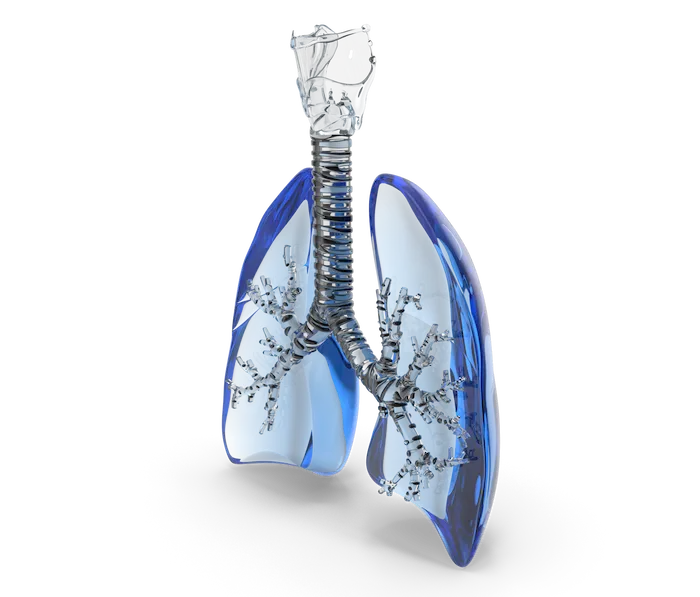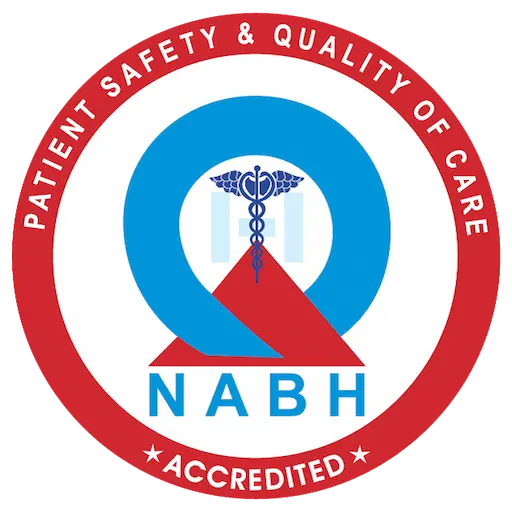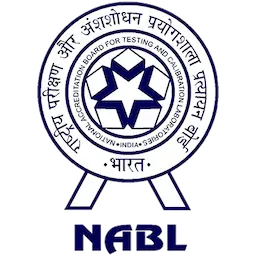Pulmonology is a medical specialty focused on the diagnosis and treatment of respiratory diseases and conditions that affect the lungs and respiratory system. A pulmonologist is a medical doctor who specializes in this field and is trained to diagnose and manage a range of respiratory conditions, including asthma, chronic obstructive pulmonary disease (COPD), pneumonia, lung cancer, and tuberculosis.
Pulmonologists use a variety of diagnostic tests and procedures to evaluate and diagnose respiratory conditions, including lung function tests, imaging studies such as chest X-rays and CT scans, and bronchoscopy (a procedure that allows a pulmonologist to examine the airways using a flexible tube with a camera).
The treatment of respiratory conditions depends on the specific diagnosis and may include medications, oxygen therapy, pulmonary rehabilitation, or surgery. Pulmonologists work closely with other healthcare professionals, such as respiratory therapists, to develop and implement a comprehensive treatment plan for their patients.
In addition to diagnosing and treating respiratory conditions, pulmonologists may also be involved in research and teaching related to respiratory diseases and conditions.
Common Pulmonology Conditions and Diseases include:
Asthma: A chronic inflammatory disease that affects the airways, causing them to narrow and leading to symptoms such as wheezing, coughing, and shortness of breath.
Chronic obstructive pulmonary disease (COPD): A group of progressive lung diseases, including emphysema and chronic bronchitis, that cause airflow obstruction and difficulty breathing.
Pneumonia: An infection of the lungs that can be caused by bacteria, viruses, or fungi and can result in inflammation and fluid buildup in the air sacs of the lungs.
Lung cancer: A type of cancer that originates in the lungs and can spread to other parts of the body. It is often associated with smoking and exposure to environmental toxins.
Tuberculosis (TB): A bacterial infection that primarily affects the lungs but can also affect other parts of the body. It is spread through the air when an infected person coughs or sneezes.
Pulmonary embolism (PE): A blockage in one of the arteries in the lungs, usually caused by a blood clot that has traveled from another part of the body.
Sleep apnea: A condition in which a person’s breathing is repeatedly interrupted during sleep, leading to symptoms such as snoring and daytime fatigue.
Interstitial lung disease: A group of lung diseases that cause inflammation and scarring of the lung tissue, leading to decreased lung function.
Diagnosis & Treatment:
The diagnosis and treatment of pulmonary diseases involve a variety of tests and procedures to evaluate the function and structure of the lungs and respiratory system. The specific diagnostic and treatment options depend on the type and severity of the pulmonary disease. Here are some common approaches:
Diagnosis:
- Physical examination and medical history: The first step in diagnosis is often a physical examination and medical history review by a pulmonologist.
- Imaging tests: X-rays, CT scans, and other imaging tests can show detailed images of the lungs and chest.
- Pulmonary function tests: These tests measure how well the lungs are working by measuring the amount of air a person can inhale and exhale and how quickly they can do so.
- Blood tests: These tests can show whether there is an infection or inflammation in the body.
Treatment:
- Medications: Various medications such as bronchodilators, corticosteroids, and antibiotics can treat different pulmonary conditions.
- Oxygen therapy: This treatment involves the use of supplemental oxygen to help people with lung disease breathe more easily.
- Pulmonary rehabilitation: This program includes exercise, breathing techniques, and education about lung disease to improve lung function and overall health.
- Surgery: Surgery may be an option for some pulmonary diseases, including lung cancer or end-stage lung disease where a lung transplant may be required.
- Lifestyle changes: Quitting smoking, losing weight, and avoiding environmental triggers such as pollution or allergens may help manage pulmonary conditions.
It is important to note that each patient’s diagnosis and treatment plan will be unique and should be determined by a healthcare professional specialized in pulmonology based on their individual needs and condition.
Surgical Interventions:
There are several pulmonary conditions that may require surgical intervention. Some common pulmonary conditions that may require surgery include:
- Lung cancer: Surgery may be used to remove all or part of the lung affected by cancer, particularly if it has not spread beyond the lungs.
- Pulmonary embolism: In rare cases, surgery may be necessary to remove a blood clot in the lung that is causing pulmonary embolism.
- Pleural effusion: A buildup of fluid around the lung, which can be drained using a needle or tube inserted through the chest wall.
- Pneumothorax: A collapsed lung, which can be treated by removing air from the space between the lung and chest wall.
- Lung transplant: In cases of end-stage lung disease, a lung transplant may be necessary to improve lung function and quality of life.
- Thoracic surgery: Other conditions affecting the chest or lungs, such as mediastinal tumors, may require thoracic surgery to remove the affected tissue.
Surgical intervention may be used in combination with other treatments, such as radiation or chemotherapy, depending on the specific diagnosis and individual needs of the patient. Surgery for pulmonary conditions is typically performed by a cardiothoracic surgeon, who specializes in surgical procedures related to the heart, lungs, and chest
Lung Transplant:

A lung transplant is a surgical procedure in which one or both diseased lungs are replaced with healthy lungs from a donor. Lung transplant is typically considered as a treatment option for people with end-stage lung disease, which is a condition in which the lungs are no longer functioning well enough to sustain life. Some common conditions that may require a lung transplant include:
- Chronic obstructive pulmonary disease (COPD)
- Idiopathic pulmonary fibrosis
- Cystic fibrosis
- Bronchiectasis
- Pulmonary hypertension
- Sarcoidosis
Before a lung transplant can take place, a thorough evaluation is conducted to determine if the patient is a suitable candidate for the procedure. This evaluation typically includes a physical examination, blood tests, pulmonary function tests, chest imaging, and psychological evaluation. The patient may also need to undergo additional tests, such as a cardiac evaluation or a biopsy.
Once a patient is approved for a lung transplant, they are placed on a waiting list for a suitable donor organ. The wait for a donor organ can vary widely depending on factors such as the patient’s blood type, size, and location.
After the transplant, the patient will need to take immunosuppressant medications to prevent their immune system from rejecting the donor organ. They will also need to undergo regular follow-up visits with their healthcare team to monitor their progress and ensure that the transplant is successful.
Lung transplant is a complex and risky procedure, and it is typically reserved for people with severe lung disease who have exhausted other treatment options. However, for those who are eligible and receive a successful transplant, it can significantly improve quality of life and increase life expectancy



